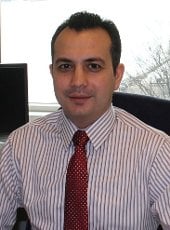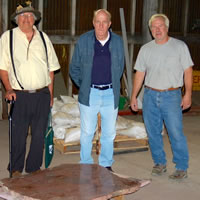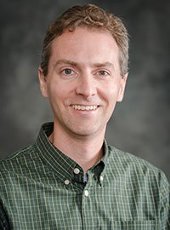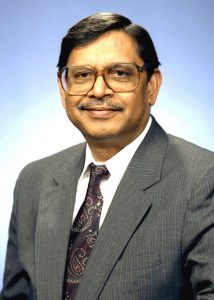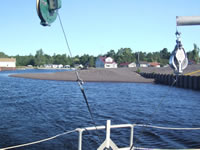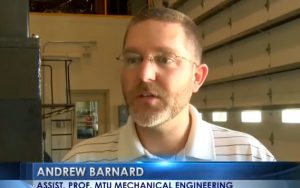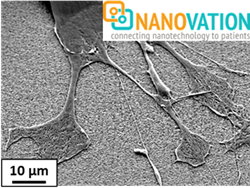 Intellectual property from UCSD, WSU, UCF, Michigan Tech, N2 Biomedical, and Nanovation Partners represents the most comprehensive portfolio available to license with respect to implant nanotube surface treatment.
Intellectual property from UCSD, WSU, UCF, Michigan Tech, N2 Biomedical, and Nanovation Partners represents the most comprehensive portfolio available to license with respect to implant nanotube surface treatment.
Nanovation Partners, LLC and Michigan Technological University today announced a partnership agreement for commercialization of processes to nano-texturize medical implants. These advanced processes can simultaneously increase bone ingrowth and provide an antimicrobial barrier. The collaboration agreement extends Nanovation Partner’s leadership in commercialization of nano-texturing technology.
Craig Friedrich, PhD, Director of Michigan Tech’s Multi-scale Technologies Institute, commented, “What we’re developing is a surface treatment that’s more straightforward and economical than other processes. It speeds healing and is applicable to a broad range of implants. With this process, in conjunction with the technologies developed at other leading nano-technology universities and companies already in partnership with Nanovation Partners, we can fight infection and reduce inflammation. Our partnership with Nanovation Partners will speed and broaden the transfer of this technology to provide a clinical benefit for a broad range of patients.”
The partnership with Michigan Tech builds on Nanovation Partners’ strategic collaborations with leaders in nanotexturing technology,” —Dan Justin, President and CEO of Nanovation Partners.
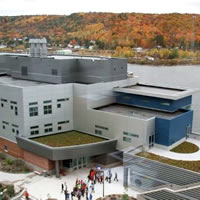 ME-EM to Host Advisory Board Meeting
ME-EM to Host Advisory Board Meeting
